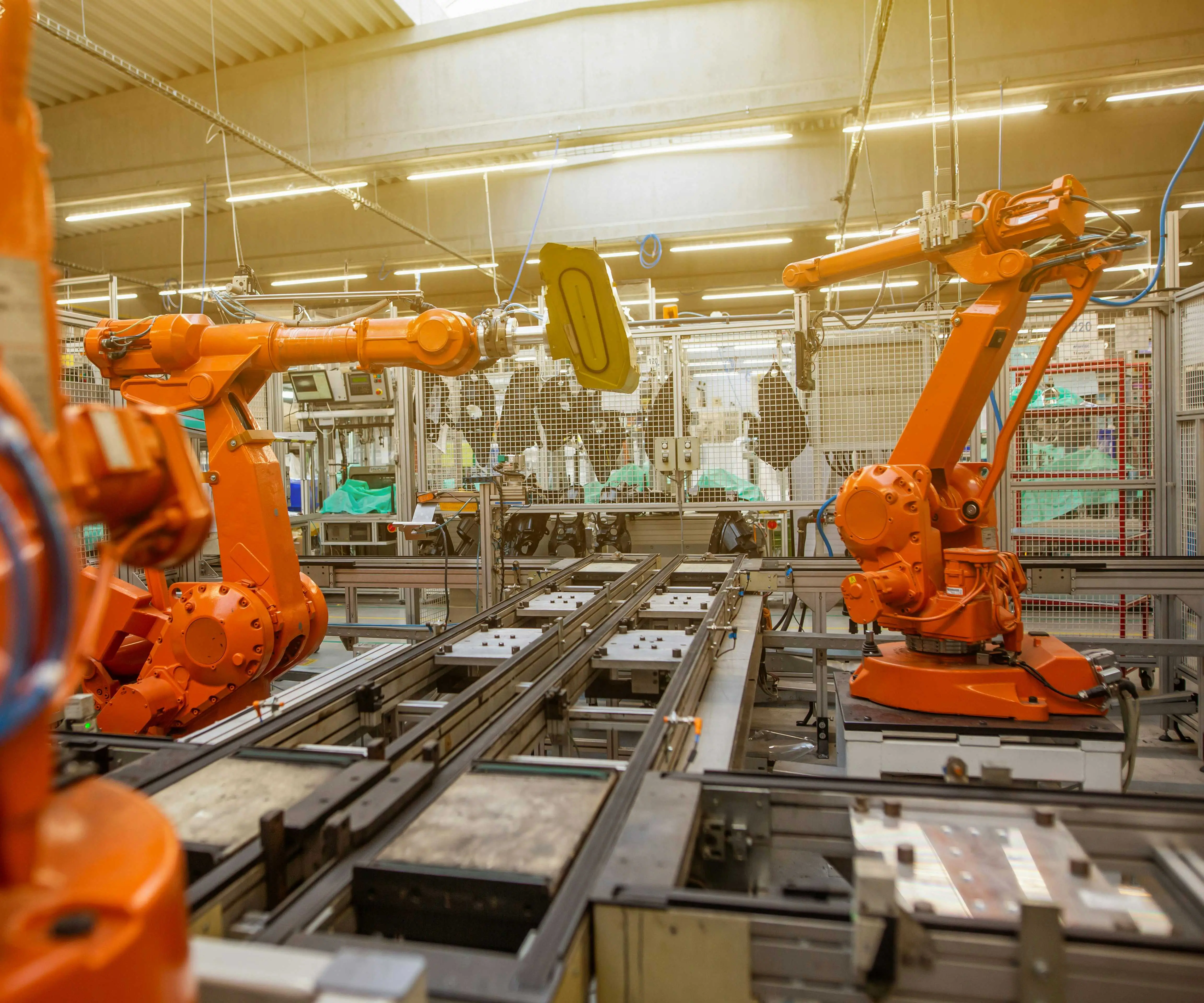Introduction: Embracing the World of Servo Motors and Arduino
In the rapidly evolving world of electronics and DIY innovation, Arduino has become a household name for both novice and seasoned tinkerers. Its open-source platform, user-friendly programming environment, and vast community support make it an ideal gateway into the realm of embedded systems. When paired with servo motors, Arduino opens up a universe of possibilities—enabling users to create everything from simple automated systems to complex robots capable of performing precise movements.

But what exactly are servo motors, and why are they so pivotal in Arduino projects? Understanding the core functions and features of servo motors is the first step toward harnessing their full potential.
What Are Servo Motors?
Servo motors are a specialized class of rotary actuators capable of precise control of angular position. Unlike regular DC motors, which run continuously when powered, servo motors are designed to rotate to a specific position within a range, often from 0° to 180°, or sometimes more. They contain a small internal feedback mechanism that constantly monitors the motor's position, allowing for accurate adjustments that keep the motor at the desired angle.
This precision makes servo motors indispensable in applications where controlled movement is key. Think of tasks like robotic arms positioning a camera, steering mechanisms in remote-controlled cars, or automated blinds adjusting to sunlight—servo motors ensure movements are exact and reliable.
Components of a Servo Motor
A typical servo motor comprises:
Motor and Gearbox: Small electric motor coupled with a gearbox to increase torque and reduce speed. Control Circuit: Converts signals from the controller into precise movements. Feedback System: Usually a potentiometer that reports the position back to the control circuit. Power Supply: Usually operates on 4.8V to 6V DC, but specifications can vary.
Why Use Servo Motors with Arduino?
Arduino boards come equipped with dedicated PWM (Pulse Width Modulation) pins, which are perfect for controlling servo motors. PWM signals communicate the desired position by varying the width of digital pulses, which the servo interprets as an angle command. This simple, effective method allows for precise, repeatable movements.
Using servo motors with Arduino provides a hands-on way to learn about:
Motor Control: How to regulate speed and position. Feedback Loops: Basic principles of closed-loop systems. Automation and Robotics: Building gadgets that mimic human or animal movements. Sensors Integration: Combining servos with sensors such as distance, light, or touch to create responsive behaviors.
Getting Started: Choosing the Right Servo
Before jumping into projects, selecting the appropriate servo motor is crucial. Here are some factors to consider:
Torque: The force the servo can exert. Ensure it’s sufficient for your project by calculating the load. Speed: How fast the servo can move from one position to another. Size and Weight: Compact servos are suitable for small projects; larger ones for heavy loads. Voltage and Power Requirements: Match the servo's needs with your power supply to prevent malfunction. Type of Servo: Standard Servos: Great for general-purpose use; affordable. Continuous Rotation Servos: Can rotate 360°, ideal for wheels. High-Torque Servos: For heavy-duty applications.
Basic Setup: Connecting a Servo Motor to Arduino
Getting started is straightforward:
Connect the power (VCC) of the servo to the 5V pin on the Arduino. Connect the ground (GND) to one of the Arduino's GND pins. Connect the signal (PWM control wire) to one of the Arduino's PWM-capable pins (e.g., pin 9 or 10).
Make sure to use a common ground if you're powering the servo separately.
First Example: Moving a Servo with Arduino
Here’s a simple code snippet to rotate a servo to a specified position:
#include Servo myServo; void setup() { myServo.attach(9); // Attach servo to pin 9 } void loop() { myServo.write(0); // Move to 0 degrees delay(1000); // Wait 1 second myServo.write(90); // Move to 90 degrees delay(1000); // Wait 1 second myServo.write(180); // Move to 180 degrees delay(1000); // Wait 1 second }
This simple sketch demonstrates controlling the servo's position in a repeating cycle. From here, you can explore integrating sensors, creating feedback loops, or programming more complex movements.
Versatility in Projects
Servo motors form the backbone of countless projects:
Robotics: Building articulated robotic arms, humanoid robots, or hexapods. Automation: Automating doors, blinds, or camera gimbals. Art and Animation: Creating kinetic sculptures or automate drawing devices. Educational Kits: Learning about basic automation and control systems.
The compact size and affordability of servo motors make them perfect for hobbyists and educators, inspiring creative projects that combine mechanical movements with digital control.
This initial overview sets the stage for diving deeper into more advanced control techniques, multi-servo configurations, and integration with sensors and actuators. The potential of combining servo motors and Arduino is limited only by your imagination—so don’t hesitate to experiment, fail, refine, and eventually bring your innovative ideas to life.
Leveraging innovations in modular drive technology, Kpower integrates high-performance motors, precision reducers, and multi-protocol control systems to provide efficient and customized smart drive system solutions.




































